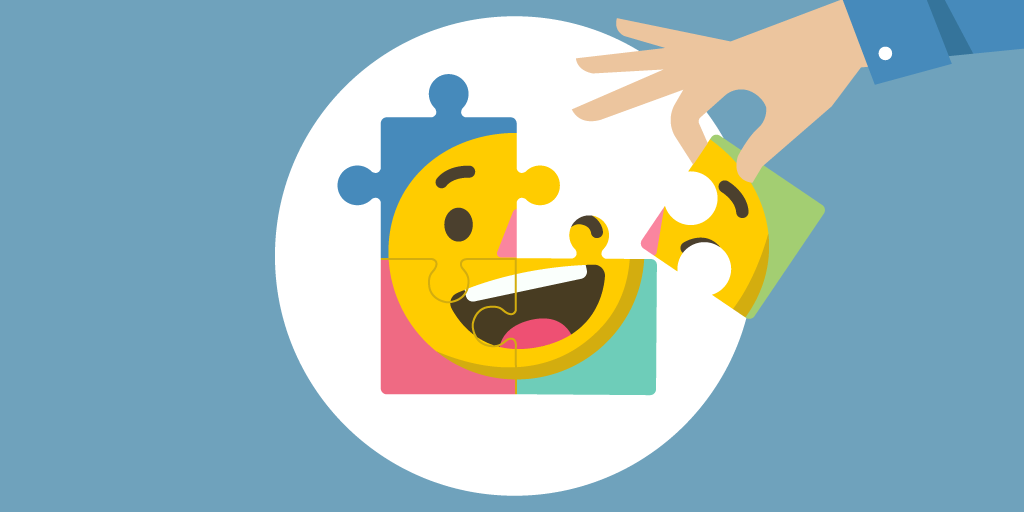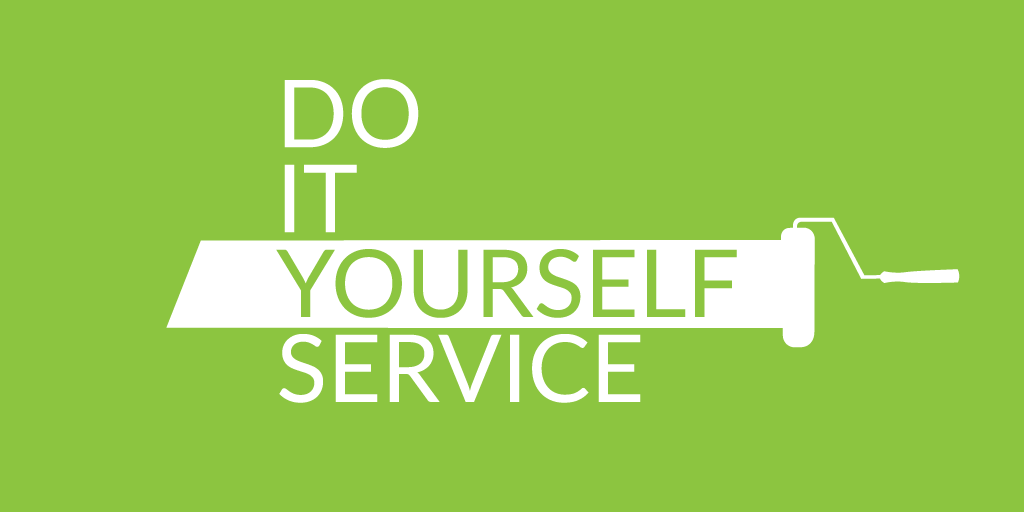We hate to be the bearers of bad news, but your customer experience initiatives are 93% likely to fail.
Why such a huge margin of failure? Perhaps you're making the same mistake many other businesses make: you think customer experience (CX) is only about how your customers interact with your services.
In reality, CX is also about how they perceive these interactions.
To better understand this phenomenon, CX experts at Forrester came up with the customer experience pyramid. We've mentioned it once before on our blog, but let's talk about it some more.
The CX pyramid is the distilled version of what constitutes a great customer experience. It consists of three distinct parts, each an equally important aspect of the overall experience.

Forrester's Harley Manning describes good customer experience as having three characteristics:
Useful — delivers value.
Easy — intuitive.
Fun — emotionally engaging.
Interestingly, all three aspects can correspond to three distinct parts of the human brain:
The new brain that is responsible for logical assessments ("Useful").
The old brain that is responsible for survival instinct and avoidance of stress ("Easy").
The middle brain that is responsible for emotional responses ("Fun").
The difficult part is juggling all three aspects at the same time:
If it's useful and engaging but not intuitive, your customers will leave.
If it's useful and intuitive but not engaging, your customers will leave.
If it's intuitive and engaging but not useful... well, you get the point.
Long story short, if you want your customers to have a good time engaging with your services, you need to start improving all three pain points. Download the CX pyramid, print it out, and keep it as a reminder.
Also, to help you along this journey, be sure to check out our blog articles on customer experience. Happy reading!





